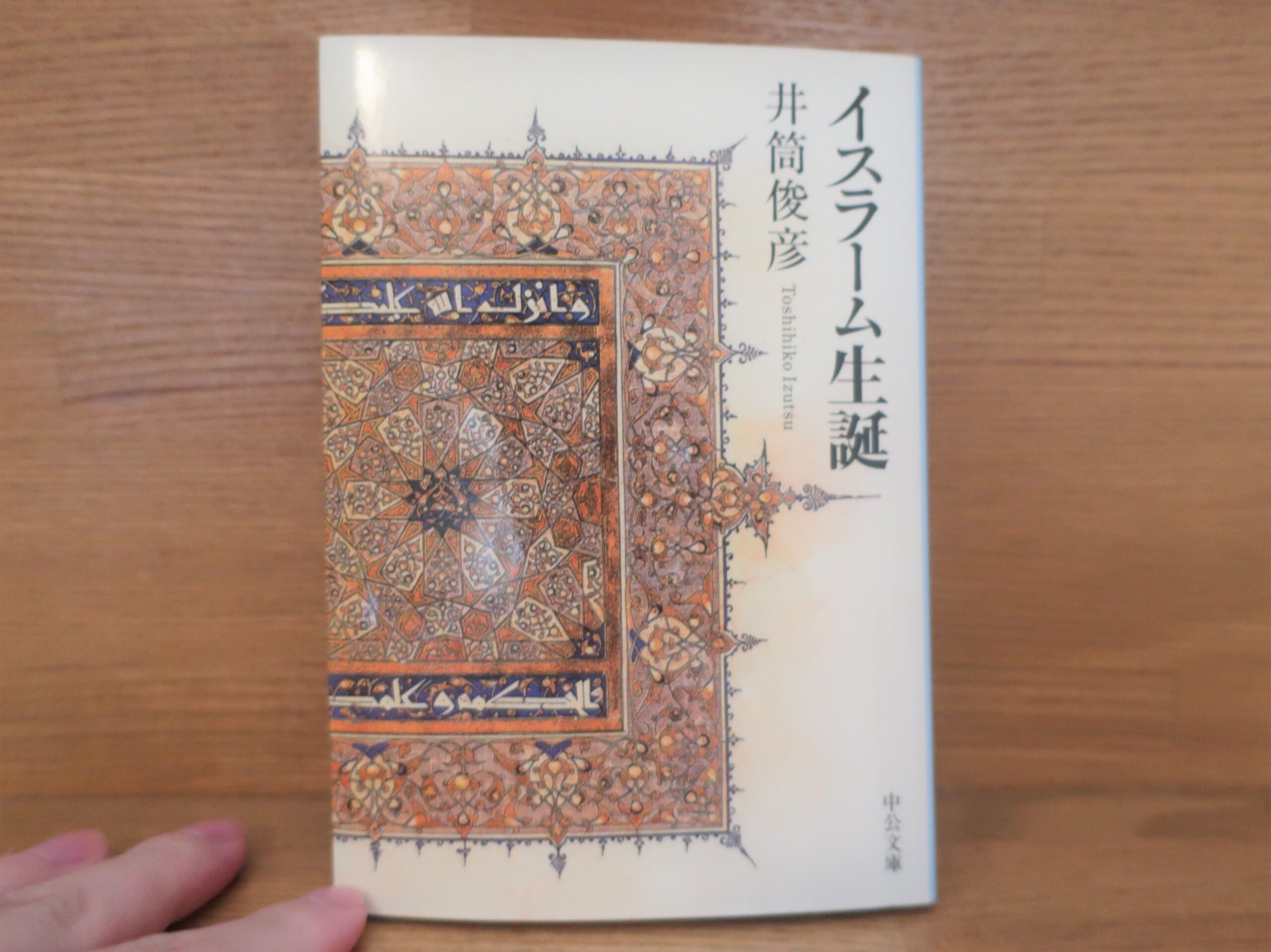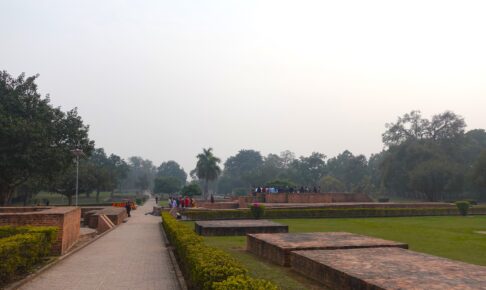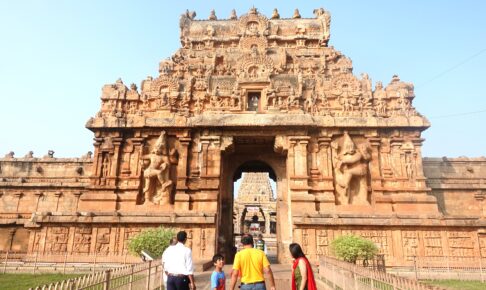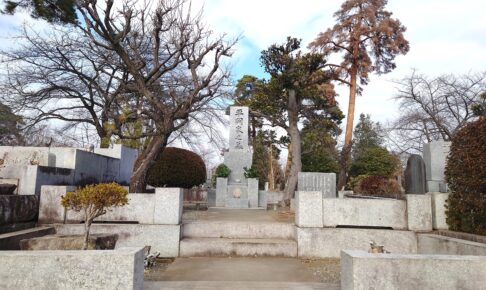Toshihiko Izutsu's "The Birth of Islam" Summary and Comments - What is Islam in the first place? A masterful book that explains the beginnings of Islam and its background!
I would like to introduce "The Birth of Islam" by Toshihiko Izutsu, published by Chuokoron Shinsha in 1990. I read the 2015 revised fifth edition of "The Birth of Islam.
Let's take a quick look at the book.
The birth and history of Islam and its founder Muhammad (Mahomet) is not as well known as that of Christianity. What is Islam and what is Muhammad? In this work, the young author traces the path of Muhammad, the prophet of the new religion of Islam, which became a major religious and military force in Syria, Egypt, Mesopotamia, and Persia and swept aside Christianity in the blink of an eye, and also provides historical clarification of the relationship with the Jahiliyyah period (the era without a path) before the birth of Islam, This is a masterpiece of original research that describes Islamic thought through a semantic analysis of the Qur'an.
AmazonProducts Page.
This book is a masterpiece of how Islam came to be and how groundbreaking it was.
The author, Toshihiko Izutsu, describes the history and culture of the Arabs in a way that is easy to understand even for the uninitiated. I would like to tell the whole story in this article, but there are so many parts that I would like to introduce that it would be difficult, so I would like to look at the parts that particularly impressed me.
What is the keenness of the desert Arabs' senses?
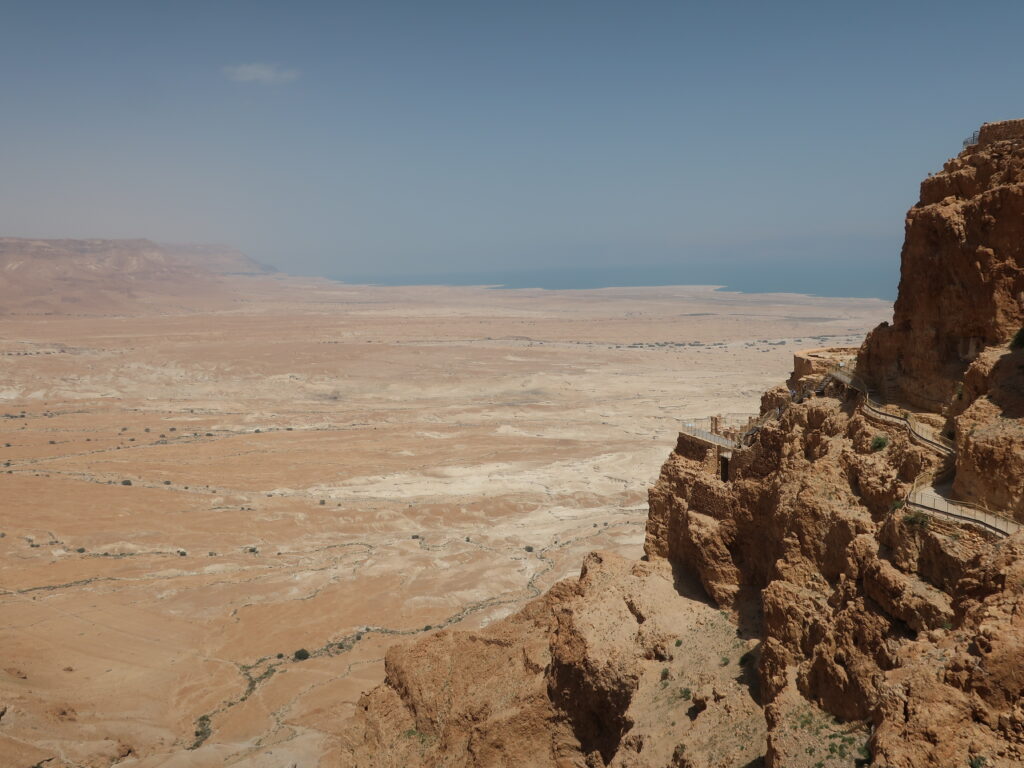
The Arabs of the desert are even more staunch realists. They stubbornly refuse to take even a single step outside of the real world. Neither the dream world nor the metaphysical world exists for them. Reality here means the world of the senses and perception. Instead, as long as they are in this real world, they are champions. The Bedouins were truly amazing sense-owners. The only pillars of their consciousness of reality were sensation and perception, and nothing else, and because of this, their sensory perception was so acute that we today would not consider them to be human. The world received through these intense senses was as fresh and vivid as the day of creation.
Chuokoron Shinsha, Toshihiko Izutsu, The Birth of Islam, p. 47
The Bedouins mentioned here are Arab nomads.
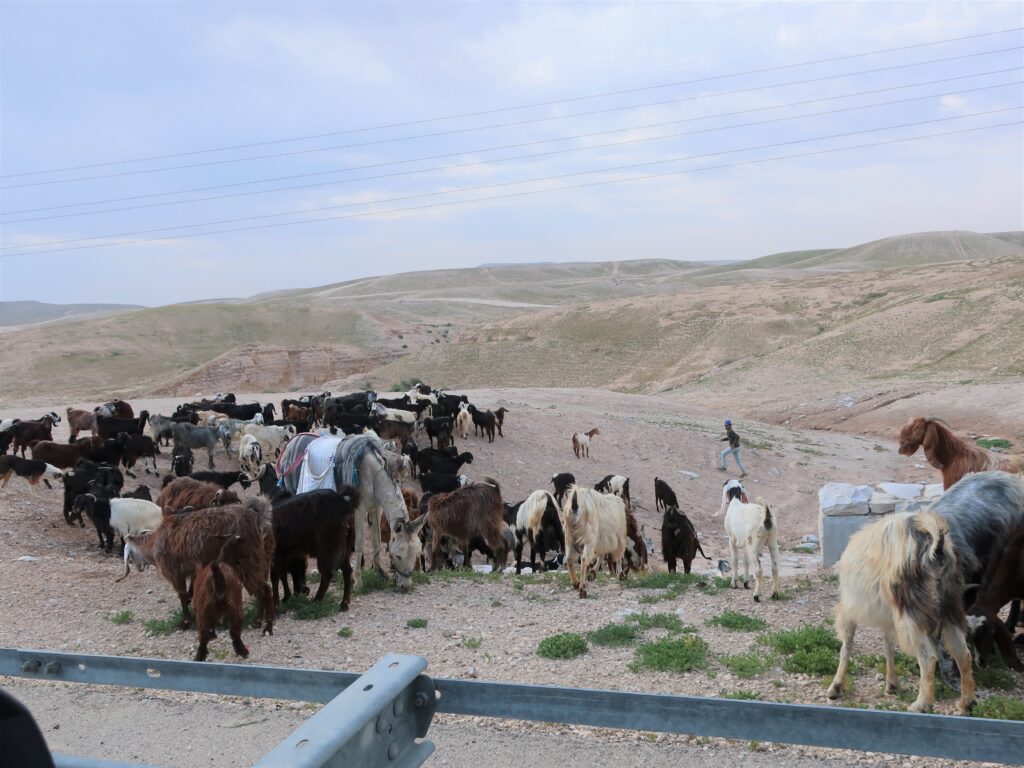
When I visited Israel in 2019, I also met them in the desert near Jerusalem. Even today they continue to live as nomads.
This Bedouin spirituality is very significant for the establishment of Islam.
When you think about it, it is no wonder that their senses are so keen, especially their sense of sight and hearing, which have been abnormally developed. How could they survive in their living environment without their keen senses? If this nomadic tribe, drifting in the sun-baked desert with no end in sight, were unable to hear the sound of water rushing in the distance, spot animals buzzing faintly in the distance, or see the dust on the horizon and immediately perceive the enemy's formation on the spot, they would immediately be in need of food and drink, and would not only be caught off guard by another tribe and exterminated, but would also be forced to live in a state of fear and anxiety. If they cannot even detect the enemy's formation on the spot, or if they cannot even detect the enemy's formation on the spot when they see the dust on the horizon, they will soon be unable to eat or drink, and will have no choice but to be caught off guard by a different tribe and become extinct. In the ancient Greek city of Athens, the ideal man was "beautiful and good" (kalos kagathos), but here, in the midst of the Arabian desert, the ideal man is a man who is "sharp-eyed and sharp-eared.
Chuokoron Shinsha, Toshihiko Izutsu, The Birth of Islam, p. 47-48
When I read this part, I couldn't help but think, "I see! I couldn't help but groan.
To survive in the harsh Arab environment, one had to have a keen sensibility that we cannot even imagine.
It is natural that the people who lived through such an environment have a different mentality and culture from those of us who have lived in the midst of abundant nature.
Even the birth of Islam is based on such a harsh natural environment and spiritual culture.
And even more interestingly, author Izutsu points out that Muhammad was also influenced by Christianity and Judaism.
Christianity and Islam were coming into the Arab world at that time. If you think about it, that is true. Muhammad was active in the 7th century. This far down in time, both Judaism and Christianity spread more and more throughout the world.
The book also mentions the influence of Christian monks, who inspired Muhammad to meditate in caves even before he received revelation.
This work is a masterpiece that offers a broad perspective on what Islam is all about in the first place.
It shows how innovative Muhammad was in the Arab world, where traditional tribal societies were strong.
And the harsh natural environment and life in which fighting was a daily occurrence. We can also learn how these factors shaped the mentality of the Arabs. This is extremely interesting.
It is an amazing amount of facts in one compact book of about 240 pages in a paperback format. It is a very exciting book.
This book is another one I would highly recommend.
This is "Toshihiko Izutsu's "The Birth of Islam," a great book explaining the beginnings of Islam and its background! The book is a masterpiece that explains the beginning of Islam and its background!
Next Article.
Click here to read the previous article.
Related Articles












